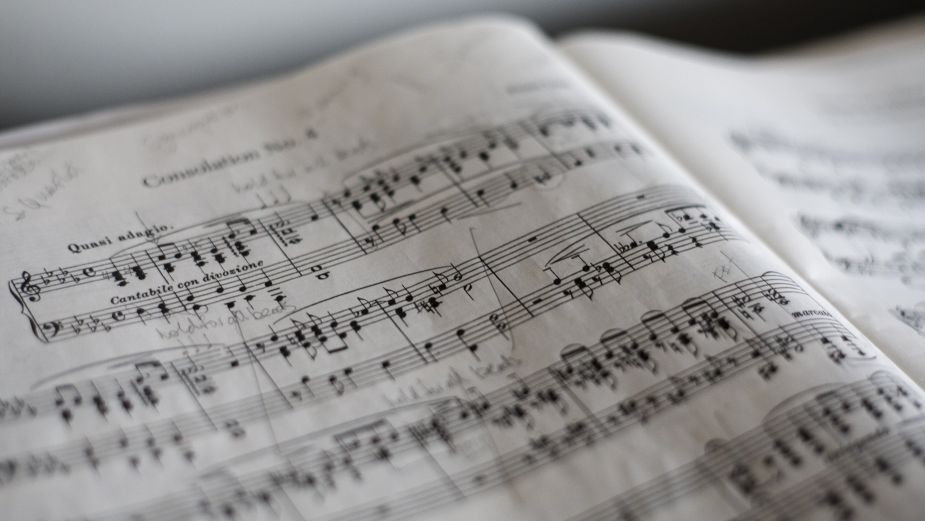
The Myth of Royalty Free Music

WHAT IS ROYALTY FREE MUSIC?
Let’s not mince words on this – there is no such thing as 'Royalty Free Music'. Yes, you heard me. 'Royalty Free Music' does not exist. But clearly, from the number of producers that refer to this type of music as an option and the number of companies offering this kind of music, it is worth taking a few minutes to understand exactly what is on the table.
WHAT EXACTLY ARE MUSIC ROYALTIES?
There are four sources of royalty revenue in the music industry. These are payments that go to songwriters, composers, recording artists, publishers, and other copyright holders for the right to use their intellectual property. This can be a composition, recording, sheet music, etc. And every time a piece of music is integrated into a film, TV commercial, or a game, and that moving picture is shown, whatever type of music and whatever the source, a performance royalty is generated.
So, performance royalties are the payments that are paid by the broadcaster to the Performing Rights Organisation (PRO) in each of the territories where the music is played. In the UK it is the PRS. In France it is SACEM, and so on. These PROs were set up and exist to protect the writers and ensure that royalties are paid to the owners.
SO HOW DOES IT WORK?
In music law, the total rights on a track are split 50:50 between the writer and the publisher. Some writers self-publish and others assign their rights to a music publishing company to manage and protect those rights. Collectively the industry refers to this group as Rights Holders.
When a synchronisation license is granted for a moving film by a rights holder, the composer and the publisher will receive a synch fee that is calculated on the term, territory and medium and then share a percentage of the publishing share, depending on their contract. When a license is issued, neither party knows the amount of the potential performance royalties that will be generated, which depends on the number of broadcasts, the length of the track, where, when, and what time the music is played.
Only the media buyer and the broadcaster have access to that level of information. The amount owed is calculated by some very clever actuaries at the PROs around the world and distributed at agreed times in the year.
The Rights Holders will then wait from six months to a year to receive a distribution from their respective PRO. They tend to think of it like a pension, money that can be earned while they sleep and their music is being played.
HOW DO ROYALTY FREE LIBRARIES VARY FROM TRADITIONAL PRODUCTION LIBRARIES?
Before royalty free music libraries, if you wanted music at a reasonable fee you went to a MCPS registered Music Production Library, which are recognised by all the PROs. The writers were under contract to the library, who took care of the mechanical and performance registrations and checked on the provenance of the track. There was also an agreed rate card. It ensured that the user could be reasonably confident that the copyrights were ‘clean’ of plagiarism and potential infringements.
Royalty free music companies differ in that they mainly pay the composer a one-off up-front fee – the amount itself depending on the stature of the composer.
The contract with the royalty free music library also means that they now own the publishing of that track. They are free to license this one track multiple times for other usages without any further reference or additional payments to the writer. Even if a brand licenses the same track over several years, the writer doesn’t see another penny from the library. This is in contrast to a traditional library where synch fees continued to be shared. With 'Royalty Free Music', all additional fees on extensions or options due on the publisher’s share of the revenue go to the bottom line of the library. It’s royalty free to the composer, but performance royalties are still being generated.
It is worth noting that when a writer is a PRO member their membership prevents them from assigning 50% of their rights to a third party. If a writer is not a member of a PRO they are able to do whatever they want as far as the assignment of their rights are concerned.
But here’s the essence of the whole discussion: THE BUYER/LICENSEE IS NEVER RESPONSIBLE FOR MUSIC ROYALTIES. They never have and never will be. Let me be clear: music royalties are never the concern of the licensee because the fees that are generated do not come out of their production budget or are added to the license fee. The licensee never pays these royalties.
BUT WE ALL LOVE 'FREE'
My theory is that the term 'Royalty Free Music' was introduced by some very canny music production marketing departments, who designed a product that sounded like you, the potential user, was getting something for free from any royalties. The model was designed to be disruptive in an established marketplace (nothing wrong in that) and to encourage potential licensees away from other more traditional library catalogues.
Ironically, in this day and age many writers and traditional libraries will do a deal on the actual production and usage fees, but the difference is that their license will warrant their rights and provenance of the track with full PI. With 'Royalty Free', my advice to clients is to always err on the side of caution and check the extent of the warranties in their licenses.
The music can be of a great standard and written by some very eminent writers, but it is not 'Royalty Free'. The only thing that’s free is your decision as to which source to contact when you want music. Your call.










